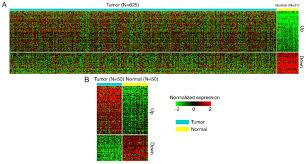Understanding Colorectal Cancer: Symptoms, Causes, and Prevention

Introduction
Colorectal cancer is one of the most common cancers worldwide, affecting both men and women. With approximately 42,000 new cases diagnosed annually in the UK alone, awareness and education around this disease have never been more crucial. Early detection is linked to better prognosis, making it vital for the population to understand the risks, symptoms, and preventive measures associated with colorectal cancer.
Current Statistics and Trends
According to Cancer Research UK, colorectal cancer accounted for 11% of all new cancer cases in 2020. While the overall incidence has been declining in older adults due to increased screening and prevention programs, rates among young adults (those under 50) have been rising since the mid-1990s. This shift highlights the need for a new focus on younger populations, particularly as symptoms often get overlooked or misdiagnosed.
Symptoms and Risk Factors
The symptoms of colorectal cancer can be varied and non-specific, often resembling less serious gastrointestinal issues. Key warning signs include blood in stools, significant changes in bowel habits, persistent abdominal discomfort, and unexplained weight loss. Risk factors include age, family history of colorectal cancer, a diet high in red or processed meats, sedentary lifestyle, smoking, and heavy alcohol consumption.
Screening and Prevention
Screening is an essential part of early detection. The NHS currently offers screening for eligible individuals aged 60 to 74, which can detect early signs of the disease, often before symptoms occur. However, public health organisations are advocating for lower age thresholds for screening due to rising cases among younger adults. Additionally, lifestyle changes such as adopting a healthier diet rich in fruits, vegetables, and whole grains, along with regular physical activity, can significantly reduce risk.
Conclusion
Colorectal cancer remains a significant health challenge, but through awareness, education, and proactive health behaviours, individuals can improve their chances of early detection and successful treatment. With ongoing research and a better understanding of the disease, public health initiatives are evolving to address the increasing occurrence among younger populations. Readers are encouraged to discuss screening options with healthcare professionals to ensure timely assessments and peace of mind.
